Orlando, Florida, has undergone significant urban development over the years, transforming from a small, agricultural town into a bustling metropolis and a major tourist destination. Here’s a brief overview of the history of urban development in Orlando:
- Early Settlement and Incorporation:
- Orlando was originally settled in the 1830s by European-American settlers, and it was incorporated as a city in 1875.
- During its early years, Orlando served as a hub for the citrus industry, with agriculture playing a crucial role in the local economy.
- Railroad Expansion:
- The arrival of the South Florida Railroad in 1880 was a pivotal moment in Orlando’s history. This railroad connection facilitated the transportation of goods and people, contributing to the city’s growth.
- Boom and Bust:
- In the early 20th century, Orlando experienced a real estate boom, fueled by the Florida Land Boom of the 1920s. However, like many other Florida cities, Orlando suffered from the economic downturn that followed, exacerbated by the Great Depression.
- Post-WWII Growth:
- After World War II, Orlando experienced a period of growth and development. The construction of military installations during the war laid the groundwork for future expansion.
- The establishment of the Central Florida Research Park and the arrival of the Kennedy Space Center in the 1960s contributed to Orlando’s emergence as a center for technology and innovation.
- Walt Disney World and Tourism:
- In 1971, Walt Disney World Resort opened its doors near Orlando. This marked a turning point for the city, transforming it into a major tourism destination.
- The success of Disney World spurred further development in the area, including the construction of hotels, restaurants, and other amenities to accommodate the influx of tourists.
- Diversification and Economic Growth:
- Orlando’s economy diversified in the late 20th century, with the growth of industries such as technology, healthcare, and aviation.
- The construction of major highways, including Interstate 4 and the Florida Turnpike, improved transportation infrastructure and accessibility.
- Urban Renewal and Redevelopment:
- Orlando has undertaken various urban renewal and redevelopment projects to revitalize certain neighborhoods and enhance the overall urban experience.
- Areas like downtown Orlando have seen the development of new residential, commercial, and entertainment spaces.
- Population Growth:
- Orlando has experienced significant population growth over the years, becoming one of the fastest-growing metropolitan areas in the United States.
- Cultural and Entertainment Hub:
- The city has developed into a cultural and entertainment hub, hosting events, festivals, and a thriving arts scene.
Overall, Orlando’s urban development history reflects its evolution from a small agricultural town to a diverse and dynamic metropolitan area, shaped by factors such as transportation, industry, tourism, and economic diversification.

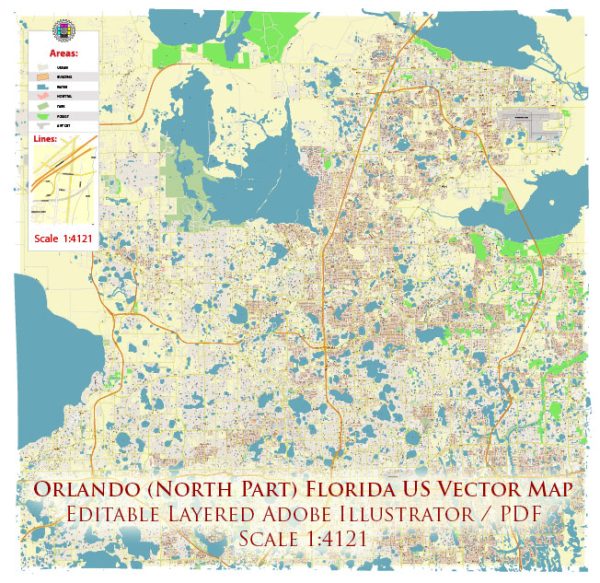
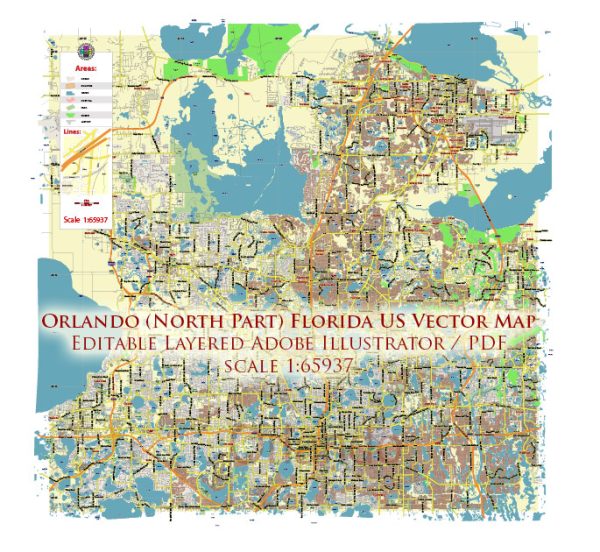
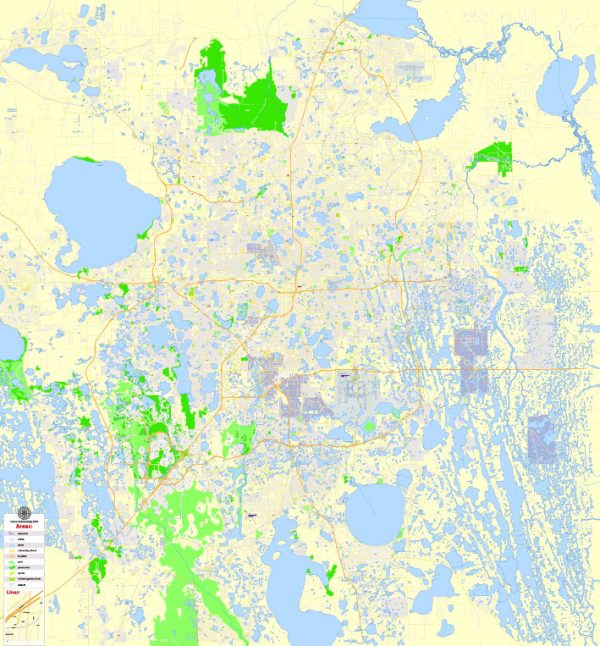
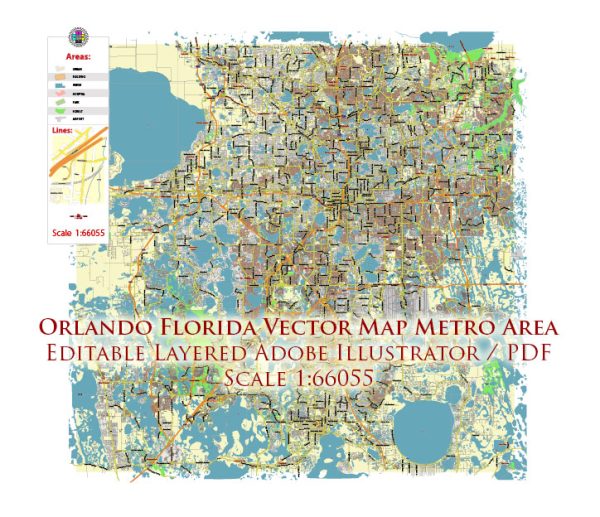
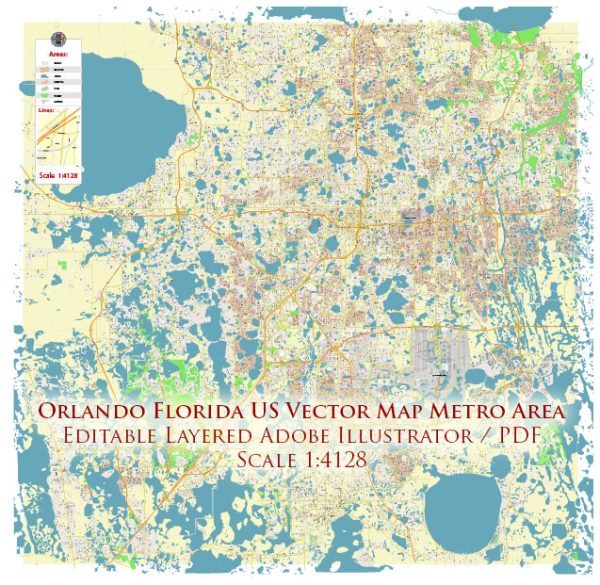
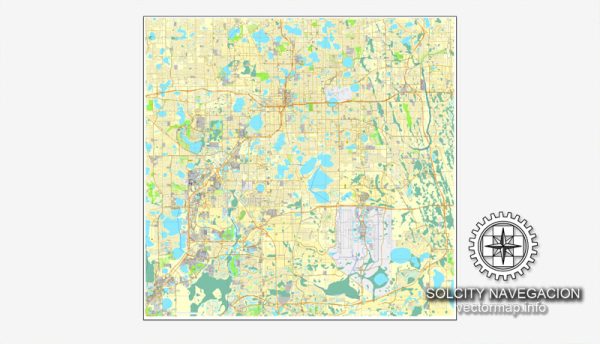
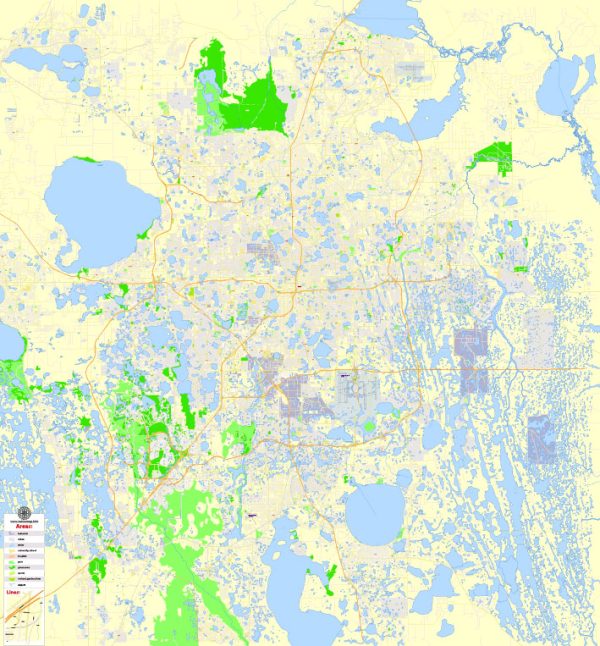
 Author: Kirill Shrayber, Ph.D.
Author: Kirill Shrayber, Ph.D.